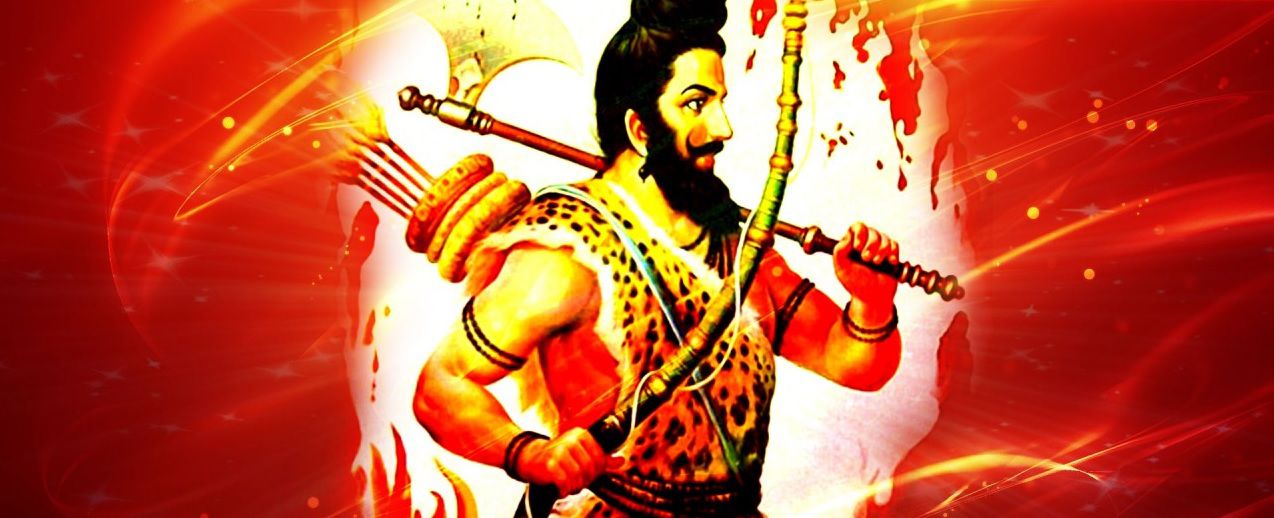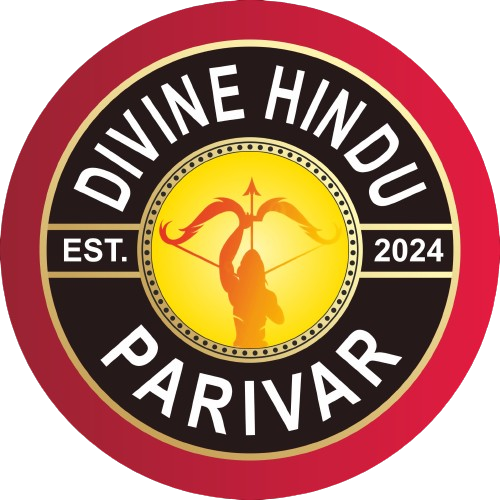
“Parashurama” is the sixth avatar (incarnation) of Lord Vishnu in Hindu mythology. Parashurama is known as the warrior with an axe (“parashu” means axe in Sanskrit), and he is often depicted as a Brahmin warrior who wields a battle axe. The Parashurama Avatar is associated with the extermination of the warrior caste, particularly the Kshatriyas (warrior class), to rid the world of their tyranny and restore balance.
The story of Parashurama Avatar is as follows:
- Origin of Parashurama: Parashurama is born to the sage Jamadagni and his wife Renuka. He is considered a Brahmin, belonging to the priestly class, but he possesses the characteristics of a warrior.
- Incident with Kartavirya Arjuna: Kartavirya Arjuna, a powerful Kshatriya king, once visited Jamadagni’s hermitage. The sage’s divine cow, Kamadhenu, provided abundant resources to serve the king and his army. However, Kartavirya Arjuna, driven by greed, wanted to take the cow by force. In the ensuing conflict, Parashurama’s father, Jamadagni, was killed.
- Parashurama’s Vow: Enraged by his father’s death, Parashurama vowed to rid the world of the corrupt Kshatriya rulers. He embarked on a mission to cleanse the earth of their oppression.
- Slaughter of Kshatriyas: Parashurama waged a series of battles against the Kshatriya kings, defeating them and eliminating their power. Legend has it that he filled five lakes with the blood of Kshatriyas.
- Return of Jamadagni: Parashurama, having fulfilled his vow, sought the guidance of his father’s spirit. Jamadagni’s spirit advised him to relinquish his anger and the axe, and Parashurama followed this counsel.
- Role in Mahabharata: Parashurama appears later in the Mahabharata, where he plays a significant role. He is the teacher of Bhishma, Drona, and Karna, imparting martial skills to them.
Parashurama’s story highlights the theme of dharma (righteousness) and the need for periodic cleansing of societal corruption. While Parashurama is known for his warrior aspect and the destruction of the Kshatriya rulers, he also represents the duality of Brahminical and Kshatriya qualities.
In Hindu traditions, Parashurama is revered as a Chiranjivi (immortal being who lives throughout the current cosmic age), and his story is often cited to emphasize the importance of upholding righteousness and opposing tyranny.
